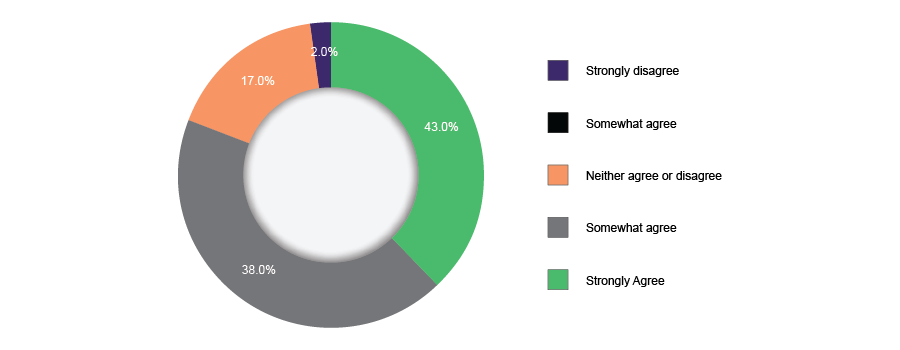Enterprise Mobility & the Connected Worker Blog
The Transformation of Automotive Manufacturing Through Digital Twins
The automotive manufacturing industry is rapidly evolving. Over the past several years vehicle manufacturers have been affected by a variety of challenges including supply-chain disruptions, rising employee turnover (and the need to adapt to remote/social distanced work models), and shifts in consumer demands. Combined, these challenges are putting increasing pressure on traditional automotive manufacturing business models, which are proving more costly than ever. Digitalization and investments in emerging technologies are enabling automotive manufacturers to collect and analyze data across the entire value-chain, leading to insights that give decision-makers the ability to improve production models and operations. One of the top emerging technology concepts being evaluated by automotive manufacturers today is Digital Twins. Mercedes-Benz is the most recent manufacturer to adopt this technology, by implementing Nvidia’s Omniverse Enterprise, a software platform used to build and operate metaverse applications, with the intent to optimize vehicle designs, and automotive factories around the world. The launch site for Mercedes will be at its new electric vehicle platform in Rastatt, Germany.
A Digital Twin is the replication of a physical piece of equipment, infrastructure, or product in a virtual simulation. In the automotive manufacturing industry, digital twins can replicate an entire vehicle design, including the software, mechanics, and electronic components. In order to establish a true digital twin, there needs to be ample real-time and historical data available, which includes IoT sensor and inspection data, service history, configuration changes, and warranty-related data. This aspect of digital twins is also the primary challenge for the technology’s implementation into operations today, because there are tons of data generated at each stage of product lifecycle in the automotive industry, and it is difficult to capture and analyze all of this data. VDC Research’s Total Cost of Ownership report found that over 90% of organizations are using or planning to use mobile analytics solutions to monitor mobile device performance, an increase from 79.5% of respondents in 2020.
The second use case for digital twins is for the implementation of new production equipment and infrastructure. Manufacturers can build a virtual model that considers certain features, materials, and historical production data to provide insights on the effects a new machine will have on production; this same digital twin application can also be utilized for predictive maintenance, by leveraging data extracted from IoT devices/sensors on manufacturing equipment to detect potential malfunctions.
By creating a digital twin of an existing manufacturing plant, companies can also create a virtual environment to remotely train workers in another location before installing new equipment or infrastructure at that location; the manufacturer can then analyze the effectiveness of training programs and adjust accordingly. Buyer behavior respondents in manufacturing noted the average time it takes new frontline workers to reach full productivity is around 4 weeks; 81.6% of these same respondents agreed that technology advancement will make the frontline workplace more attractive to frontline workers.
Technology advancement will make the workplace more attractive to frontline workers
(Manufacturing; n=60)

Finally, digital twins can of course be used for improving customer sales. Manufacturers can share a digital version of a new vehicle with customers, so they can test new features, compare with other designs/models, and provide feedback; this approach allows the manufacturer to implement feedback before the vehicle is even produced.
Mercedes will use the Omniverse platform to implement a variety of the use cases discussed above. From an infrastructure standpoint, the digital twin will simulate new production processes without disrupting ongoing production and enable Mercedes to analyze and react to potential assembly line disruptions. The company plans to model all vehicles, robots, workers, and infrastructure designs to address issues before they occur and create optimal working conditions for workers. Eventually, the company will look to extend this strategy to its other plants around the globe. On the sales end, Mercedes (and other manufacturers adopting digital twin models) can offer virtual walkthroughs of vehicles for customers from their own homes. Virtual walkthroughs may not require staff, and as a result save time/labor in an industry with a shrinking labor pool.
The benefits of digital twin technology are enormous for the future growth and development of the automotive manufacturing industry. Companies will no longer have to produce physical products in order to test new features and designs but can verify and optimize products and infrastructure design by running simulations, which also reduces waste along with costs. However, these technologies are also a massive investment for companies, which involves complete network transformations, along with the adoption of IoT devices and mobile technologies to produce insights and optimize the manufacturing process.
VDC Research will further explore the digitalization of the automotive manufacturing industry in our upcoming report, Mobile Diagnostic Solutions for Automotive Applications.
1. Source: VDC Research’s upcoming 2022 TCO Report
2. Source: VDC Research’s 2022 Enterprise Buyer Behavior Guide